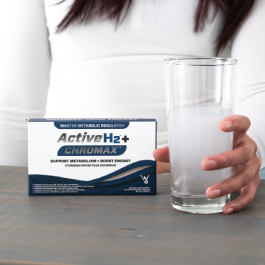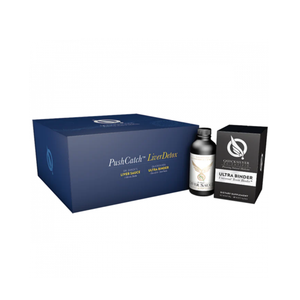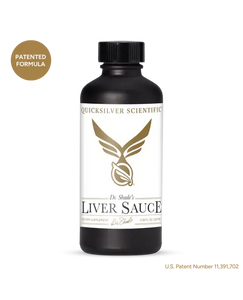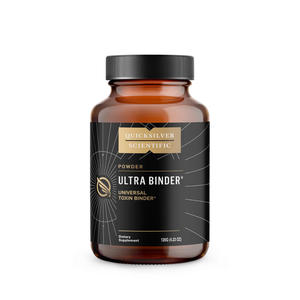
We’ve all heard about the health dangers of pollution, especially in regards to major cities around the U.S. The hazy view of Hollywood’s sign in L.A. is just one of the bullet points that pops up when discussing the ozone layer.
The ongoing chatter about outdoor pollution makes many of us rethink living in a big city. However, did you know that we are even more in danger inside our homes than we are outside? It’s true! The EPA reported that the air that’s inside our homes can actually be 100x more polluted than the air we’re exposed to outside.
Many indoor air pollutants can actually cause immediate health effects. Effects such as irritation of the eyes, nose, and throat are quite common and easily pushed aside. Other effects such as headaches, dizziness, and fatigue are also often overlooked. People suffering with asthma may also suffer from worsened symptoms due to air pollutants in their home. And, if exposed overtime, people may develop severe respiratory diseases, heart disease, and even cancer.
With this knowledge, it’s hard to disregard the importance of quality air in your home. Read on to discover what may be in your air supply and how to remedy it so that you are providing yourself and your family with air that is safe to inhale.
Indoor Air Hazards
There are many toxins that may be affecting the quality of the air you breathe in your home. Live pollutants include: dust mites, mildew, mold, and cockroaches. These sources are usually visible. But just because you can’t see the pollutants doesn’t mean they aren’t affecting your air.
Carbon monoxide, which is often released from fuel-burning stoves and heaters, as well as other appliances, is hard to detect without a CO2 detector because it comes in the form of an odorless, colorless gas that stops oxygen from circulating throughout the body. This can be very dangerous and depending on how much you inhale, it can cause anything from a headache and dizziness to death. Nitrogen dioxide and sulfur dioxide are other pollutants often stemming from kerosene heaters that can cause similar symptoms in people who breathe in high levels.
Another common indoor air hazard is radon. Many people opt to get their homes tested for this prior to purchasing a house because of the effects it can have on health. Radon is a radioactive gas and comes from the land underneath your home. Radon can easily affect your air quality by sneaking in through tiny cracks in your foundation, as well as your walls, and even your drains. Radon is actually the leading cause of lung cancer among non-smokers. And besides that it can cause tightness in the chest, trouble swallowing, and shortness of breath.
Other non-living pollutants that can be affecting your air quality include:
- Dust
- Pollen
- Household Cleaning Products and Pesticides
- Asbestos
- Lead
- Remodeling Materials
Signs Your Air Isn’t Safe
If you experience any of these signs, it’s a good indicator that the quality of the air in your home is unsafe to breathe:
- Strange Odor To The Air
- Moist and Humid Air
- Stale Air That Isn’t Circulating
- Visible Mold or Mildew
- Dirty Heating Or Cooling Systems
- Damaged Chimneys Or Pipes
- Physical Health Reactions Within Your Home
- Ability To Breathe More Easily Outside Your Home
Solutions For Unsafe Air
Being proactive when it comes to the quality of the air you breathe should be a top priority in your life. Your home is a sanctuary and safe place so there should be nothing interfering with your overall well-being and state-of-health when you walk through your front door.
Purchasing a CO2 detector and getting your home tested for radon are two ways in which to protect you, your family, and your pets from toxic air pollutants. But, having a quality air purifier is important to catching all the particles that may be affecting your health, and remedying the situation.
The Air Doctor essentially heals the air you breathe inside your home. Which is great news considering we spend 90% of our time indoors, breathing approximately 15,000 liters of air daily.
The Air Doctor works on many different levels. It contains a pre-filter that is effective for removing larger contaminants, visible to the naked-eye such as animal hair and dust. The technology also contains a dual action carbon and gas trap filter that reduces toxic gasses known as volatile organic compounds (VOCs). Some common VOCs derive from paint and other building materials, air fresheners and clearing products, fuel sources such as burning wood, oil, or gasoline, as well as smoking, cooking, and other household hobbies.
Then there is a third filter which is the Ultra HEPA filter and it is 100x more effective than ordinary hepa filters. It is able to remove almost 100% of the smallest and most dangerous particles down to .003 microns, all while using WhisperJet fans that are 30% quieter than the fans found in the average air purifier. The Air Doctor also comes with the option to turn off the unit’s lights so that it does not affect your sleep, as well as an auto-mode that regularly assesses the air quality in the room and adjusts itself accordingly.
With all the hazards in the air outside we cannot control, isn’t it only right that the air we breathe inside be the best it can possibly be?






This is great stuff with the air purification. I know your team took a long time evaluating technology before advocating for!